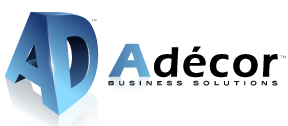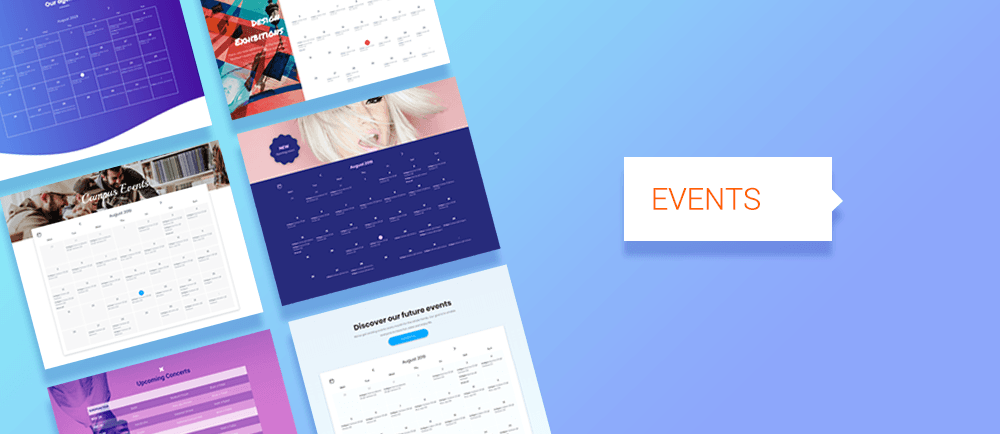
Blog Layout
New Blog Editor
Mar 20, 2019

We’ve completely transformed the blog editor to make it smarter, faster, easier to use and more flexible. The new blog works exactly like a site page, so if you know how to edit a page, you know how to use the blog. This makes it really easy to add great-looking posts easily and quickly.
Here are some of the features that make this possible:
- Structured layout that’s ideal for SEO
- Complete content flexibility in every post
- Quick publishing of new posts (from directly inside the blog)
- Swift search for posts according to title or author
- Fully customizable SEO default settings for every post
- Ability to update the layout of all posts (current and future) at once
- And more!
How does it work?
The new blog has two modes: Layout Mode is where you set the general structure once for all posts. Post Mode is where you go to add content for each post. The post settings are connected to the layout to give current and future posts design flexibility within the structure set in the layout. This enables a consistent layout which is good for SEO and enables a better user experience.
Smart Design in Layout Mode
Think of the Layout Mode as your center for design. Here, you connect the main components of the post (title, author, image) so that the look and feel of all blog posts is consistent. Once set, all current and future posts have the same look. Want to change something in the layout? No problem. Any changes you make in Layout Mode are applied to every post in your blog, and visible online when you republish your site.
Content Flexibility in Post Mode
Post Mode is where you go to write your posts. Add any widgets that you want and customize individual posts with images, design elements, etc. When you finish editing the post, just click publish and the post will be live - no need to republish your site.
Fast Post Creation with Connected Modes
The connection between these two modes enables you to create new, consistently designed posts quickly. This supports SEO and enables users to find what they are looking for easily.
Elements in your post that are automatically connected are the title, author, date and image. You can remove these connections if you like, but we highly recommend keeping them to ensure that all posts contain this key information.

The big benefits of blogging
Though there are many ways to keep in touch with users today, blogs remain a great tool for fostering a strong online presence, communicating with customers, and helping businesses grow. Blogs enable you and your customers to update content regularly and easily, create more indexed pages, communicate with visitors, and more. The benefits of these activities include:
- Supporting SEO
- Driving traffic to your website
- Positioning your brand as an industry leader
- Fostering customer relationships

23 Jul, 2019
Inline Binding is the newest way to save time and improve accuracy with Connected Data. In addition to connecting entire widgets to data in the Content Library, you can now connect portions of text (a company name or description, for example) within a larger section of text that isn’t connected. This gives more design flexibility for the data you’ve connected as it can be styled along with the unconnected text.

